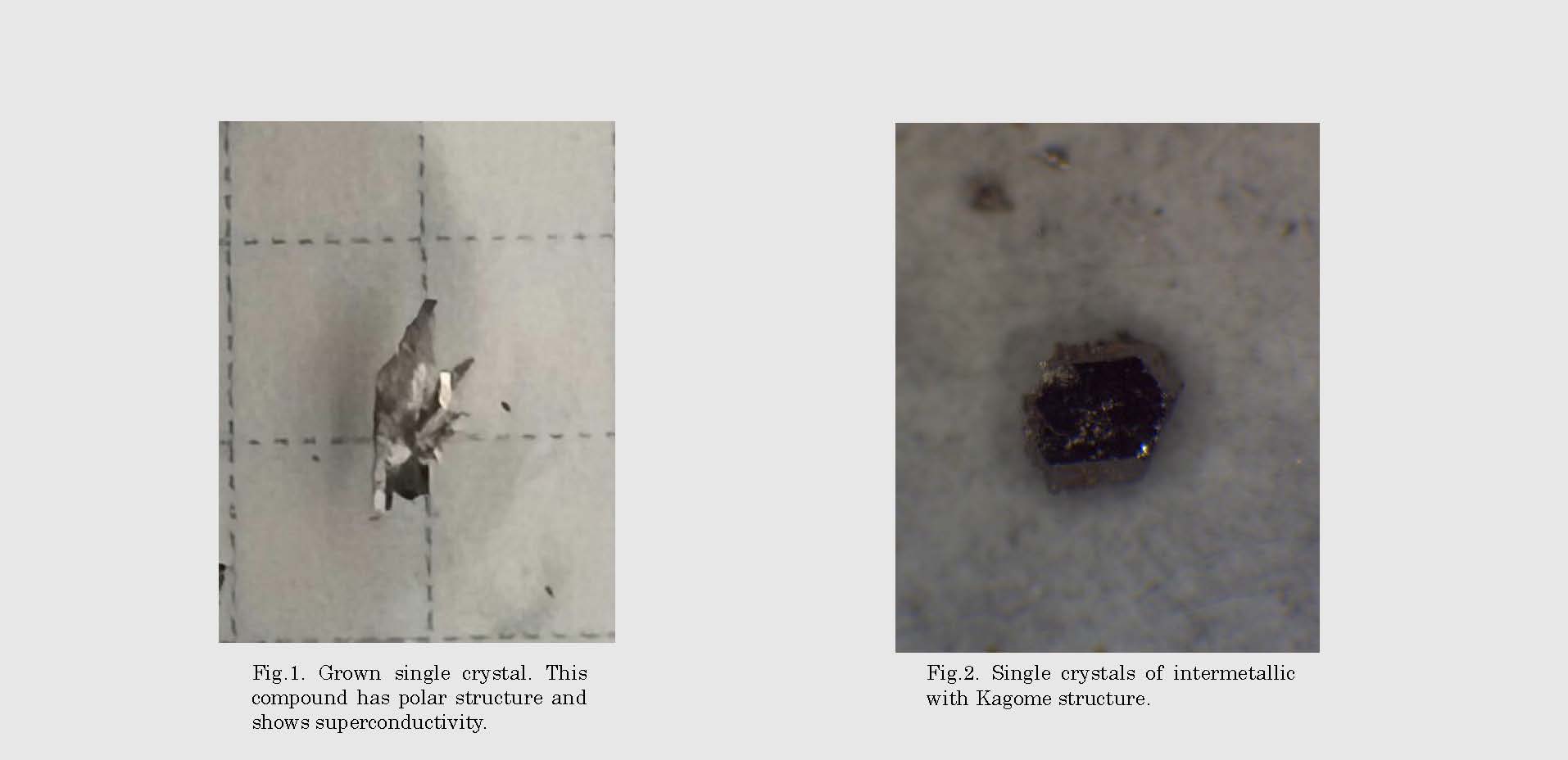IMRAM
Institute of Multidisciplinary Research for Advanced Materials, Tohoku University
東北大学
多元物質科学研究所

LAST UPDATE 2023/08/01
-
研究者氏名
Researcher Name金城克樹 Katsuki KINJO
助教 Assistant Professor -
所属
Professional Affiliation東北大学多元物質科学研究所
無機材料研究部門 スピン量子物性研究分野
Institute of Multidisciplinary Research for Advanced Materials, Tohoku University
Division of Inorganic Material Research, Quantum Spin Physics -
研究キーワード
Research Keywords金属磁性体/中性子散乱/低温測定
Intermetallic magnet / Neutron scattering / Low-temperature measurements
- 研究テーマ
Research Subject -
中性子散乱測定による金属間化合物の内部自由度に起因する特異な電子状態の研究
Research on unique electronic states originating from internal degrees of freedom in intermetallic using neutron scattering technique
研究の背景 Background
固体中の電子は、1つの電子からは考えられないほどの様々な物性を示すことが知られており、その中でも金属磁性体は、超伝導、フラストレート磁性、多極子秩序などの多彩な量子相が現れる舞台です。金属磁性体内の遍歴する電子はより多くの相互作用を通じて新奇な量子相を発現する格好の舞台となります。中性子散乱測定は、物質の内部構造やダイナミクスを調べるための強力な手法であり、金属間化合物の内部自由度に起因する特異な電子状態を解明し、その物性を理解することが可能となります。
Electrons in solids are known to exhibit an unexpectedly wide variety of physical properties from a single electron. Among these, magnetic intermetallic are the stage where a wide variety of quantum phases such as superconductivity, frustrated magnetism, and multipole order emerge. Itinerant electrons provide an ideal stage for novel quantum phases to emerge through variety of interactions. Neutron scattering measurements are a powerful technique for studying the internal structure and dynamics of materials. Using this technique, it is possible to elucidate the peculiar electronic structure of intermetallic compounds due to the internal degrees of freedom.
研究の目標 Outcome
研究の対象は題の通り金属間化合物です。遍歴する電子の相互作用から生まれる多彩な量子相の物理を解明し、その内部自由度に起因する特異な電子状態の特性を解明します。さらに、そうした電子状態がどのようにしてその物性を発現するのかというメカニズムを解明し、物性の制御を可能にします。
As the title suggests, the subject of our research is intermetallic compounds. We will elucidate the physics of the various quantum phases that arise from the interaction of itinerant electrons, and characterize the unique electronic states that result from the internal degrees of freedom of these phases. Furthermore, we will investigate the mechanism of how such electronic states manifest their physical properties and enable the control of these properties.
研究図Research Figure

Fig.2. Single crystals of intermetallic with Kagome structure.
文献 / Publications
研究者HP
- Katsuki.kinjo.c6
 tohoku.ac.jp
tohoku.ac.jp - 個人HP: https://sites.google.com/view/kinjo-bussitsu/top
- 研究室HP: http://www2.tagen.tohoku.ac.jp/lab/sato_tj/